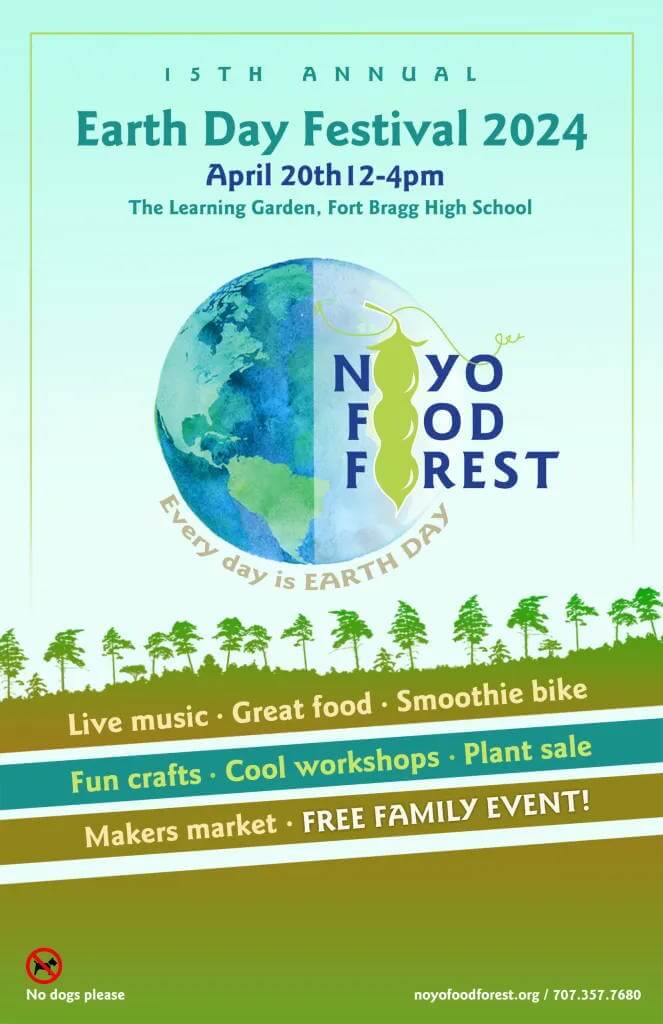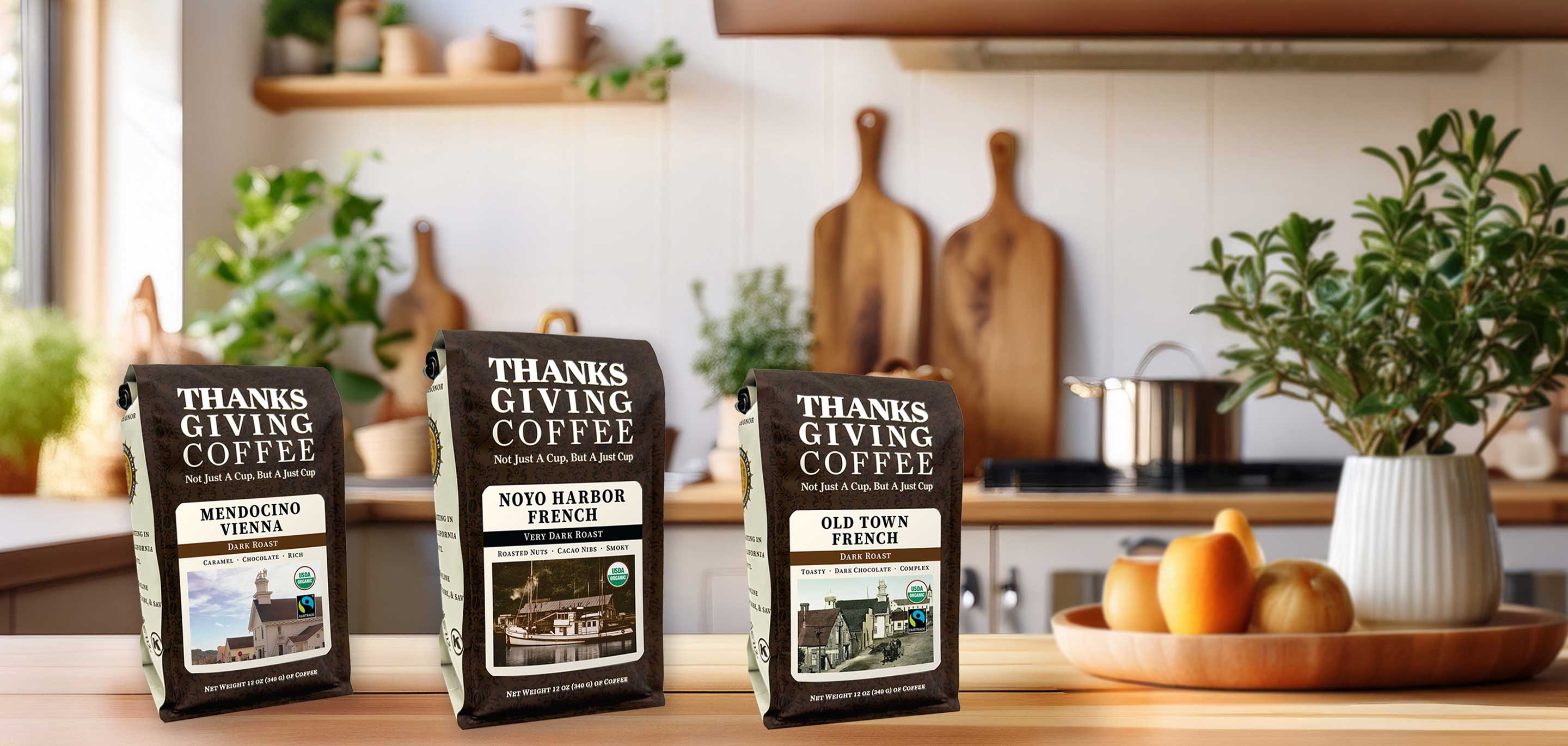
Our Blog
Pollinator Week Partner Post
View BY :
Here is a post from our Bee Bold Alliance partner Conservation Works, with a highlight on our collaborative efforts to restore biodiversity and support local food systems with youth.

Stitching Together Bee Patches of Pollinator Habitat
By Oona Heacock, Executive Director of Conservation Works

On a foggy morning along the Westport Headlands Park, Conservation Works volunteer Joan Wier sets up tools for a group of Bee Bold Youth Core teens and their parents as they gather to plant a new habitat garden for bees. As the teens arrive at this dramatic seaside park, Joan guides them around the perimeter of the future garden, hanging string around wooden stakes that the group pounds into the mowed grass to form the shape of a whale in honor of the Westport Whale Festival held each year at this site. A Bee Patch is being created.
“The trick is to plant 3 foot blocks of the same kind of flower to attract pollinators and plant four seasons of bloom,” Weir explained. She went on to demonstrate how to hand grub the grassy headlands site to expose soil and then directed one mom and daughter pair to cast native lupin seeds directly onto the soil while others mixed seeds with clay to form little seed bombs which later would be rolled onto the site at the end of the day.


Bees are struggling. Multiple factors are causing this decline, but coming together as a community and involving youth to plant a “Bee Patch” of native flowering plants along with clean water and places to rest and nest along our farms, parks and homes can make all the difference in restoring healthy bee populations.
Conservation Works believes that the likelihood of long-term environmental sustainability of our pollinators needs to involve the next generation. Our Bee Patches program energizes youth to choose to be environmental stewards throughout their life, and nurtures them to become the change-makers for taking direct action to reverse the downward spiral in pollinator populations.
Bees inspire a sense of wonder and fascination in most of us and can be a good way to introduce youth and community groups of any age and background to the larger natural world. Bees can be found in any landscape. We will never see most of these furry little wildlife because they’re fast, often small, and nest underground. But take a summer stroll out in your garden or at a local park and you’re likely to spot more bees than you can count. Other beneficial insects and hummingbirds use a garden, too, as it’s a busy oasis of year-round habitat and food resources. Planting a garden is a powerful way to take local action and provide an offset to mounting, worldwide pollinator declines.


Everyone can take action with Conservation Works and the Bee Bold Alliance during National Pollinator Week by growing pollinator-friendly flowers, providing nest and rest sites, avoiding pesticides, and spreading the word. And don’t forget to make your commitment official by becoming a Pollinator Protector. Make your pledge.
Recommended Reading
Back to the Blog-
![Earth Day Event in Fort Bragg 2024]()
Earth Day Event in Fort Bragg
The Noyo Food Forest is having their annual Earth Day celebration this Saturday at the Learning Garden. This four hour event is a fundraiser for the Farm-to-School and Youth Intern programs that the Noyo Food Forest operates year-round. We partner with the Noyo Food Forest throughout the year, and we especially love being a part of this annual event in Fort Bragg.
15th Annual Earth Day Event
Saturday, April 20, 12 - 4 PM
At the Learning Garden at Fort Bragg High School on Dana Street.This Earth Day event is free and geared toward everyone in the family. There will be live music, and you can participate by putting down a bid for the silent auction, paying entry to bouncy houses, and tasting goodies from local chefs. This is one of the most fun events that happens in the city of Fort Bragg every year. Local organizations and nonprofits are a big part of this event, and you’ll see booths and representatives from the Noyo Marine Science Center, the Mendocino Land Trust, our Mendocino County state parks and many more important parts of the coastal community.
Thanksgiving Coffee will be serving up samples of our Bee Bold Blend, our new Nitro Coffee, and the Noyo Food Forest will be selling 12oz bags, as well. All the proceeds benefit the Noyo Food Forest and their important work here in our community. We are very happy to be a part of this awesome event. For more information, visit the Noyo Food Forest Earth Day page on their website, and RSVP on Facebook to share with your friends. Join us on April 20 – see you at the Learning Garden.
Thanksgiving Coffee Company
Partnership with the Noyo Food ForestLearn more about how we support our Mother Earth
bee boldEarth Day Event in Fort Bragg 2024
read more -
![B Corp Coffee Partnerships: How Conscious Collaboration Drives Environmental Impact]()
B Corp Coffee Partnerships: Conscious Collaboration
Every first Saturday in July, thousands of people gather at Fort Bragg’s Noyo Harbor for the World's Largest Salmon BBQ—a celebration that’s both festive and fiercely focused on restoration. It's a paradox we embrace: honoring nature by gathering in its name.
This spirit of collective care mirrors how Thanksgiving Coffee approaches sustainable business relationships—especially through our growing network of fellow B Corps.
Grove Collaboratives First B Corp Coffee
When Grove Collaborative chose Thanksgiving Coffee as their very first coffee partner, it marked a significant milestone in our 50+ year journey since founding Thanksgiving Coffee in 1972.
This wasn't just another retail partnership—it represented Grove's recognition of our commitment to ethical coffee sourcing and regenerative business practices.
Grove features our coffee with the tagline: "This bag carries more than artisan coffee—it's a vessel of hope, connection, and giving thanks to the Earth." This partnership demonstrates how aligned values create natural B Corp collaborations that extend far beyond traditional business transactions.
Brewing Local Impact with North Coast Brewing Company
North Coast Brewing Company, our neighbor in Fort Bragg, has been independent since 1988. They have built their reputation on quality craft brewing while maintaining strong community ties.
At the 2024 World's Largest Salmon BBQ, their craft beer complemented our artisan coffee, creating a complete North Coast experience that spotlighted the power of place-based partnership.
Raising the Bar with Bonterra Organic Estates
Our partnership with Bonterra Organic Estates, America's #1 organic winery, represents the gold standard of regenerative agriculture collaboration. They've achieved Regenerative Organic Certification, TRUE Zero Waste status, and B Corp certification—proving that excellence and environmental stewardship flourish together.
Salmon Restoration Through Conscious Commerce
The World's Largest Salmon BBQ demonstrates how conscious business partnerships create measurable environmental impact.
Here are the 2024 Results:
- $60,000 raised for salmon restoration
- $40,000 donated to Trout Unlimited's North Coast Coho Project
- 2,500 attendees supporting sustainable practices
According to the National Oceanic and Atmospheric Administration, these restoration efforts have resulted in over 15,000 adult coho salmon returning to spawn in Mendocino Coast rivers—in waters that hadn't seen coho salmon for 70 years.
Building Systems Evolution
For over 50 years, Thanksgiving Coffee has operated on the principle that coffee is a medium for connection and positive change. Our B Corp partnerships have shown us how this philosophy extends beyond our coffee supply chain to encompass the entire ecosystem of conscious commerce.
When North Coast Brewing brings their craft beer to the Salmon BBQ, when Bonterra contributes their organic wines, when Grove Collaborative features our coffee as a vessel of hope—we create something none of us could achieve alone.
We're not just selling products; we're building a network of businesses that demonstrate another way forward.
The Ripple Effects of Regenerative Partnerships
The numbers tell part of our story, but the deeper narrative is about amplified impact. Every cup of Thanksgiving Coffee that reaches Grove's customers, every moment of connection at the Salmon BBQ, every dollar raised for stream restoration—these represent the ripple effects of partnerships that prioritize shared prosperity over individual gain.
Looking Ahead: A Business Practice of Care
These partnerships didn't emerge from market analysis—they grew from shared values and mutual recognition of what's possible when businesses align their success with the world's wellbeing. Grove chose us because our story resonates with their mission. North Coast Brewing and Bonterra partner with us because we share commitment to place and values.
Together, we create impact greater than the sum of our parts. We've learned that the company we keep shapes not just our success, but our contribution to a more sustainable world. In choosing B Corp partners who share our commitment to restoration and regeneration, we've proven that business can be a practice of care—for the earth, communities, and the future we're creating together.
Lavender Grace is the Sustainability Consultant for Thanksgiving Coffee Company
eventsB Corp Coffee Partnerships: How Conscious Collaboration Drives Environmental Impact
read more

Earth Day Event in Fort Bragg
The Noyo Food Forest is having their annual Earth Day celebration this Saturday at the Learning Garden. This four hour event is a fundraiser for the Farm-to-School and Youth Intern programs that the Noyo Food Forest operates year-round. We partner with the Noyo Food Forest throughout the year, and we especially love being a part of this annual event in Fort Bragg.
15th Annual Earth Day Event
Saturday, April 20, 12 - 4 PM
At the Learning Garden at Fort Bragg High School on Dana Street.
This Earth Day event is free and geared toward everyone in the family. There will be live music, and you can participate by putting down a bid for the silent auction, paying entry to bouncy houses, and tasting goodies from local chefs. This is one of the most fun events that happens in the city of Fort Bragg every year. Local organizations and nonprofits are a big part of this event, and you’ll see booths and representatives from the Noyo Marine Science Center, the Mendocino Land Trust, our Mendocino County state parks and many more important parts of the coastal community.
Thanksgiving Coffee will be serving up samples of our Bee Bold Blend, our new Nitro Coffee, and the Noyo Food Forest will be selling 12oz bags, as well. All the proceeds benefit the Noyo Food Forest and their important work here in our community. We are very happy to be a part of this awesome event. For more information, visit the Noyo Food Forest Earth Day page on their website, and RSVP on Facebook to share with your friends. Join us on April 20 – see you at the Learning Garden.
Thanksgiving Coffee Company
Partnership with the Noyo Food Forest
Learn more about how we support our Mother Earth
Earth Day Event in Fort Bragg 2024
read more
B Corp Coffee Partnerships: Conscious Collaboration
Every first Saturday in July, thousands of people gather at Fort Bragg’s Noyo Harbor for the World's Largest Salmon BBQ—a celebration that’s both festive and fiercely focused on restoration. It's a paradox we embrace: honoring nature by gathering in its name.
This spirit of collective care mirrors how Thanksgiving Coffee approaches sustainable business relationships—especially through our growing network of fellow B Corps.
Grove Collaboratives First B Corp Coffee
When Grove Collaborative chose Thanksgiving Coffee as their very first coffee partner, it marked a significant milestone in our 50+ year journey since founding Thanksgiving Coffee in 1972.
This wasn't just another retail partnership—it represented Grove's recognition of our commitment to ethical coffee sourcing and regenerative business practices.
Grove features our coffee with the tagline: "This bag carries more than artisan coffee—it's a vessel of hope, connection, and giving thanks to the Earth." This partnership demonstrates how aligned values create natural B Corp collaborations that extend far beyond traditional business transactions.
Brewing Local Impact with North Coast Brewing Company
North Coast Brewing Company, our neighbor in Fort Bragg, has been independent since 1988. They have built their reputation on quality craft brewing while maintaining strong community ties.
At the 2024 World's Largest Salmon BBQ, their craft beer complemented our artisan coffee, creating a complete North Coast experience that spotlighted the power of place-based partnership.
Raising the Bar with Bonterra Organic Estates
Our partnership with Bonterra Organic Estates, America's #1 organic winery, represents the gold standard of regenerative agriculture collaboration. They've achieved Regenerative Organic Certification, TRUE Zero Waste status, and B Corp certification—proving that excellence and environmental stewardship flourish together.
Salmon Restoration Through Conscious Commerce
The World's Largest Salmon BBQ demonstrates how conscious business partnerships create measurable environmental impact.
Here are the 2024 Results:
- $60,000 raised for salmon restoration
- $40,000 donated to Trout Unlimited's North Coast Coho Project
- 2,500 attendees supporting sustainable practices
According to the National Oceanic and Atmospheric Administration, these restoration efforts have resulted in over 15,000 adult coho salmon returning to spawn in Mendocino Coast rivers—in waters that hadn't seen coho salmon for 70 years.
Building Systems Evolution
For over 50 years, Thanksgiving Coffee has operated on the principle that coffee is a medium for connection and positive change. Our B Corp partnerships have shown us how this philosophy extends beyond our coffee supply chain to encompass the entire ecosystem of conscious commerce.
When North Coast Brewing brings their craft beer to the Salmon BBQ, when Bonterra contributes their organic wines, when Grove Collaborative features our coffee as a vessel of hope—we create something none of us could achieve alone.
We're not just selling products; we're building a network of businesses that demonstrate another way forward.
The Ripple Effects of Regenerative Partnerships
The numbers tell part of our story, but the deeper narrative is about amplified impact. Every cup of Thanksgiving Coffee that reaches Grove's customers, every moment of connection at the Salmon BBQ, every dollar raised for stream restoration—these represent the ripple effects of partnerships that prioritize shared prosperity over individual gain.
Looking Ahead: A Business Practice of Care
These partnerships didn't emerge from market analysis—they grew from shared values and mutual recognition of what's possible when businesses align their success with the world's wellbeing. Grove chose us because our story resonates with their mission. North Coast Brewing and Bonterra partner with us because we share commitment to place and values.
Together, we create impact greater than the sum of our parts. We've learned that the company we keep shapes not just our success, but our contribution to a more sustainable world. In choosing B Corp partners who share our commitment to restoration and regeneration, we've proven that business can be a practice of care—for the earth, communities, and the future we're creating together.
Lavender Grace is the Sustainability Consultant for Thanksgiving Coffee Company
B Corp Coffee Partnerships: How Conscious Collaboration Drives Environmental Impact
read more
Earth Day Event in Fort Bragg
The Noyo Food Forest is having their annual Earth Day celebration this Saturday at the Learning Garden. This four hour event is a fundraiser for the Farm-to-School and Youth Intern programs that the Noyo Food Forest operates year-round. We partner with the Noyo Food Forest throughout the year, and we especially love being a part of this annual event in Fort Bragg.
15th Annual Earth Day Event
Saturday, April 20, 12 - 4 PM
At the Learning Garden at Fort Bragg High School on Dana Street.
This Earth Day event is free and geared toward everyone in the family. There will be live music, and you can participate by putting down a bid for the silent auction, paying entry to bouncy houses, and tasting goodies from local chefs. This is one of the most fun events that happens in the city of Fort Bragg every year. Local organizations and nonprofits are a big part of this event, and you’ll see booths and representatives from the Noyo Marine Science Center, the Mendocino Land Trust, our Mendocino County state parks and many more important parts of the coastal community.
Thanksgiving Coffee will be serving up samples of our Bee Bold Blend, our new Nitro Coffee, and the Noyo Food Forest will be selling 12oz bags, as well. All the proceeds benefit the Noyo Food Forest and their important work here in our community. We are very happy to be a part of this awesome event. For more information, visit the Noyo Food Forest Earth Day page on their website, and RSVP on Facebook to share with your friends. Join us on April 20 – see you at the Learning Garden.


